What exactly is a Nonionic Surfactant? It’s a pretty cool chemical that gets dissolved in water (H20) and helps to break down oils and dirt from various solids. A surfactant is a “surface active agent” used in many household and industrial cleaning products. The actual surfactant molecule works in a very impressive way. This molecule has multiple tails that attract water and repel water at the same time. The hydrophobic (repels the water) and hydrophilic (attracts water) tails work in the cleaning products you use on a daily basis by holding dirt and oils and prevents them from re-entering the areas of the cleaned surface. The hydrophilic tail disinfects the surface while the hydrophobic tail removes the surface oil and dirt. That is the major reason why nonionic surfactants can be found in most of the household cleaners you use. You can learn more about nonionic surfactants by visiting industry resources like Chemical Products that specialize in the production of these surfactants for commercial and industrial use.
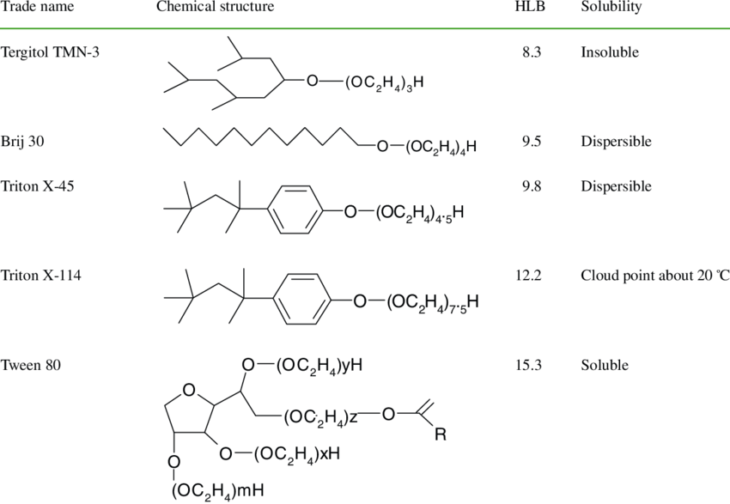
Source: ResearchGate
Contents
Specific Types Of Nonionic Surfactants
Not all surfactants are created equal. There are definitely superior products available in the industrial and consumer markets. These different surfactants are made up unique properties that separate them from other surfactants on the shelves. The difference between these surfactants will dictate the surfaces that they are meant to clean. Some will work better on tile surfaces, while others may perform better on glass surfaces. These clever little molecules function without an electric charge, and that makes them resistant to water hardness deactivation scenarios that may otherwise interfere with the effectiveness of the surfactant. This allows nonionic surfactants to perform well in laundry detergents, shower cleaners, toilet cleaners, dishwashers, and automotive cleaning products.
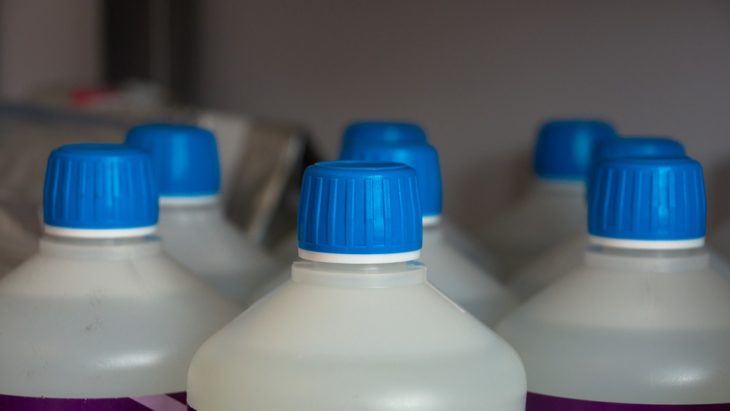
Source: Pixabay
Nonionic Surfactants In Laundry Detergent
Laundry detergents are unique in that they are made up using both nonionic, and anionic surfactant molecules. The anionic molecule is equipped with a head that is negatively charged, this feature gives them an upper hand when cleaning heavily soiled items. The anionic surfactants also have the potential to create more suds, which is great for use in laundry and commercial laundry detergents. There are brands on the shelf that you are very familiar with that use both nonionic and anionic surfactants including Wisk and Tide brand of laundry detergent.
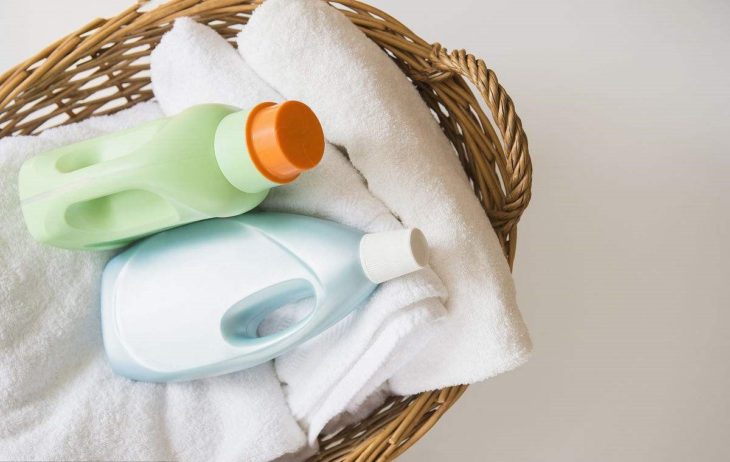
Source: The Spruce
Nonionic Surfactants In Toilet Bowl Cleaners
Anyone that has had to scrub a few streaks out of the porcelain throne understands the value of a good cleaner to loosen up some of that dry fecal matter. This is where the nonionic surfactants come into play. Because of their resistance to hard water, they are far more effective than anionic surfactants. Most of the toilet and shower cleaners you will find on the shelves of your local grocery store will contain nonionic surfactants. These surfactants exist in the set it and forget it cleaners like those manufactured by companies like Lysol, as well as the manual scrubbing solutions like Comet and other powder-based cleaning surfactants.
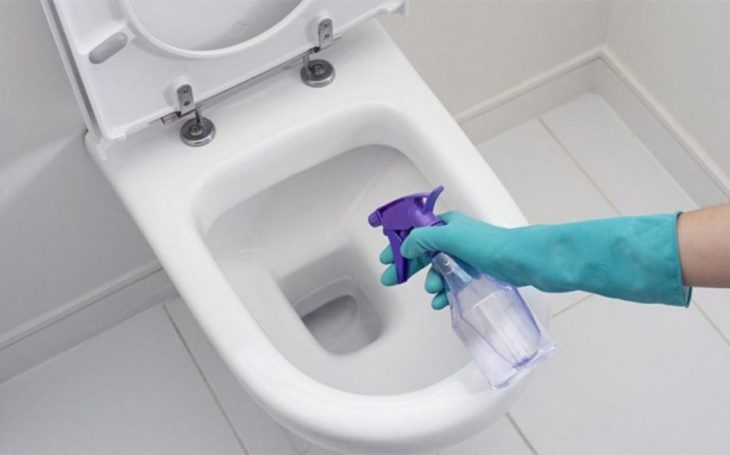
Source: Twimbow
Nonionic Surfactants In Dishwashing Detergents
Good dishwashing detergent will need to clean and sanitize the dishes they are applied too. These nonionic surfactants are also resistant to hard water deactivation problems. Nonionic surfactants shine in the sink and dishwasher with their ability to really break down oils and fats from heavily soiled dish-ware. The hydrophobic tail in these surfactants is great for trapping the fats and oils and preventing them from clinging back to the dish-ware being washed. Many dish commercial and industrial dish cleaners have nonionic surfactants in them for superior cleaning performance.
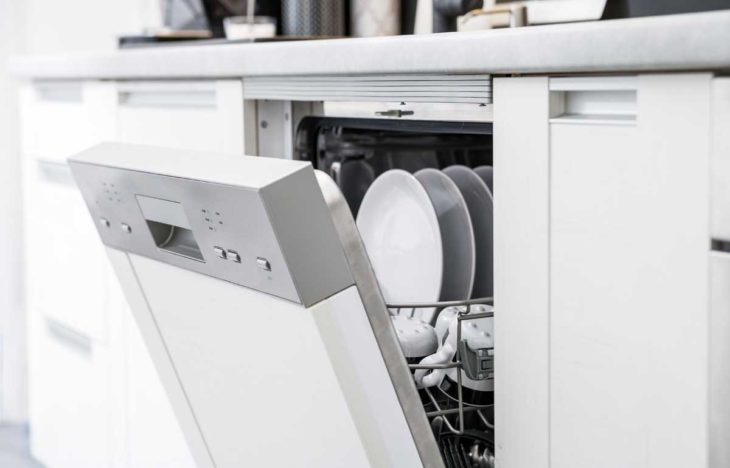
Source: Shutterstock
Understanding how nonionic surfactants work should help you to make better purchasing decisions when deciding on laundry and dish detergents. Do your research, purchase degreasing products that contain these surfactants and cut back on the elbow-grease needed to clean household items. Many people aren’t aware of how well these surfactants work and therefore find themselves scrubbing and cleaning more than is necessary. It’s time to automate the handwork and let your nonionic surfactants do the hard cleaning work for you.
